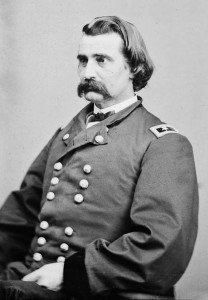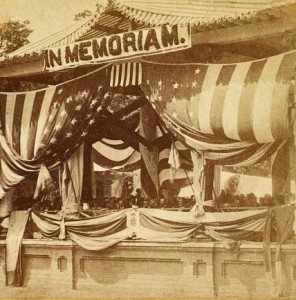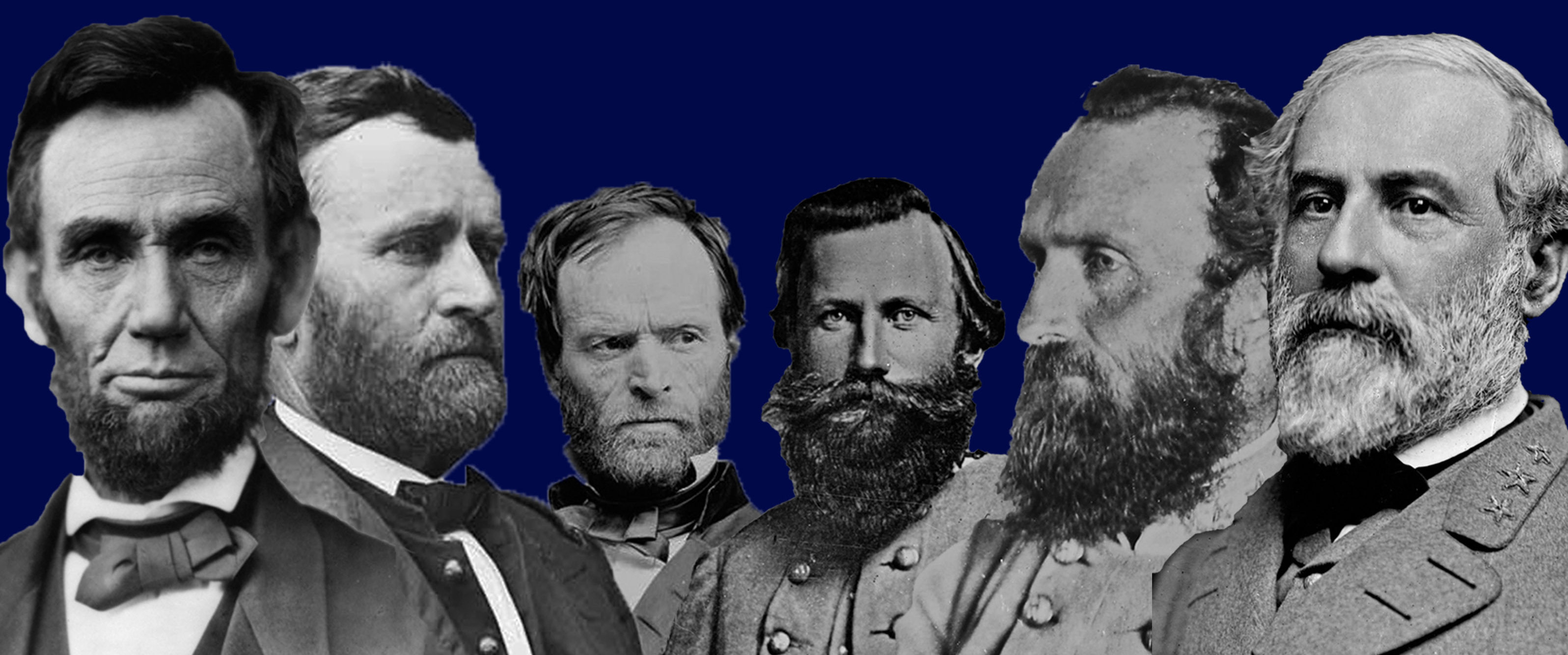
Library of Congress
On April 29, 1866, former Union general John A. Logan was asked to be the keynote speaker at an event in his hometown of Carbondale, IL. The event was a community observance for Civil War soldiers who had died and were buried in the local cemetery. On May 5 of the same year, the town of Waterloo, NY held a similar event with civic groups marching to three local cemeteries and decorating the graves of Civil War soldiers. Local events like these, held in various cities at different times following the war, would serve as the origin of our present Memorial Day observance.
John Alexander Logan was an attorney serving his second term as a U.S. congressman from Illinois when the Civil War began. Following the battle of First Bull Run, he joined the Union Army and was initially placed in command of the 31st Illinois Volunteer Infantry. Wounded three times during the battle of Fort Donelson in 1862, Logan was subsequently promoted to brigadier general. Returning to action after recovering from his wounds, he was promoted to major general following the battle of Vicksburg.
Re-elected to the House of Representatives after the Civil War, Logan also became the Commander-in-Chief of the Grand Army of the Republic (GAR), the fraternal organization of Union Civil War veterans. On May 5, 1868, as the leader of GAR, Logan issued General Order No. 11, an act that initiated the first national observance for honoring Civil War dead.
Originally called Decoration Day, Logan’s order stipulated May 30 to be a day “designated for the purpose of strewing with flowers or otherwise decorating the graves of comrades who died in defense of their country during the late rebellion, and whose bodies now lie in almost every city, village, and hamlet church-yard in the land.”

Library of Congress
The first Decoration Day event was held that year at Arlington National Cemetery in Washington, D.C. Attended by 5,000 people, including Ulysses S. Grant, the occasion was marked with speeches and the placing of flowers on all Union and Confederate graves in the cemetery.
Following World War I, the name of the observance was changed to Memorial Day and expanded to honor all veterans who have died in American wars. With the National Holiday Act of 1971, Congress moved the date of Memorial Day from May 30 to the last Monday in May.
Since the original ceremonies resembling Memorial Day had occurred at community events on a local level throughout the United States at different times following the Civil War, dozens of cities have since claimed to be the birthplace of the holiday. An act of Congress signed by President Lyndon Johnson on May 26, 1966, officially gave the honor to Waterloo, NY for the ceremony held there on May 5, 1866.
Resolved that the Congress of the United States, in recognition of the patriotic tradition set in motion one hundred years ago in the Village of Waterloo, NY, does hereby officially recognize Waterloo, New York as the birthplace of Memorial Day…
– U.S. House of Representatives Concurrent Resolution 587
John A. Logan would be elected twice to the U.S. Senate from the State of Illinois and he would unsuccessfully run for Vice-President of the United States on the ticket of James G. Blaine in 1884. He died at the age of 60 on December 26, 1886 due to long-standing complications from the wounds he had suffered at Fort Donelson.

Leave a Reply